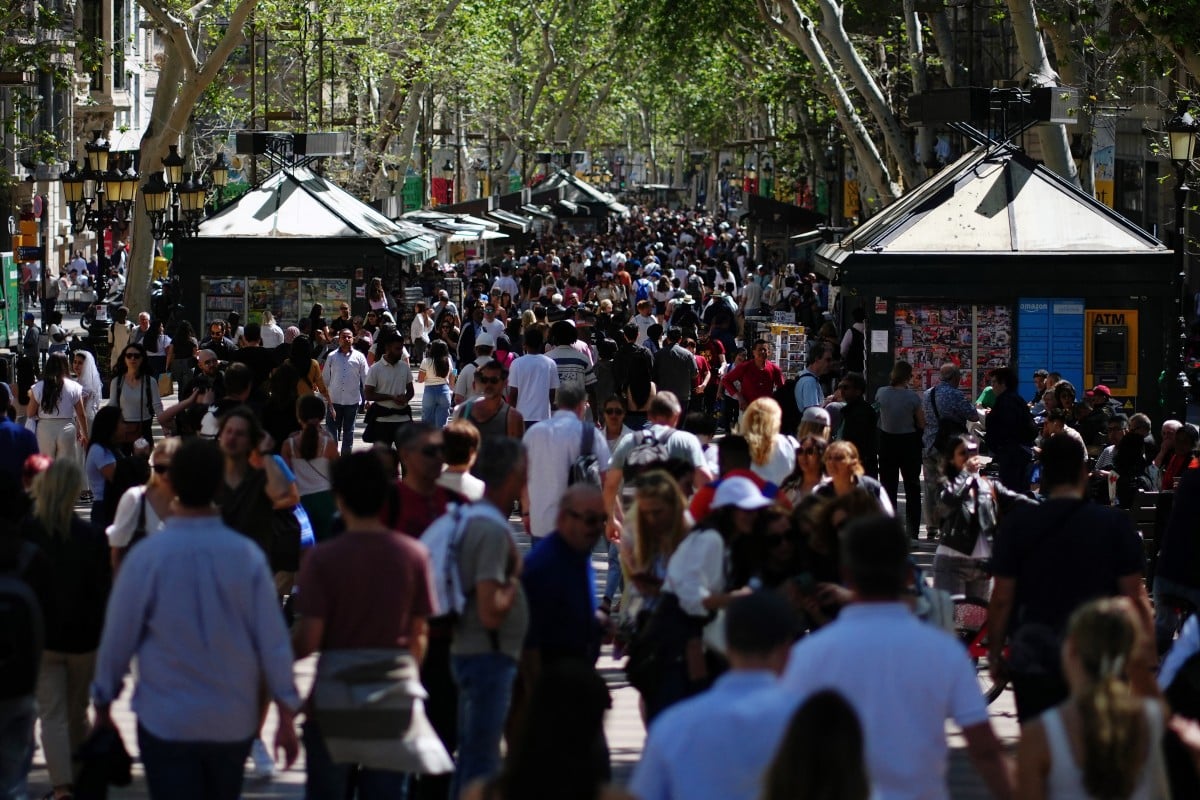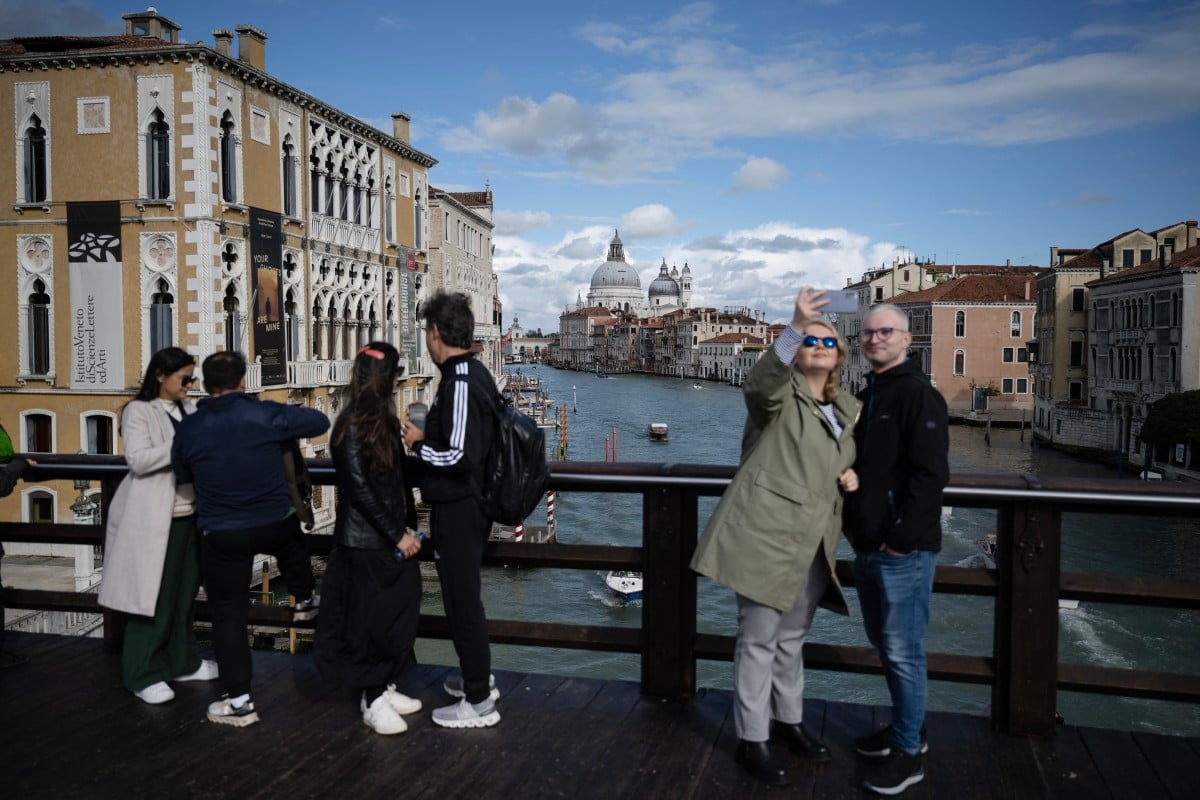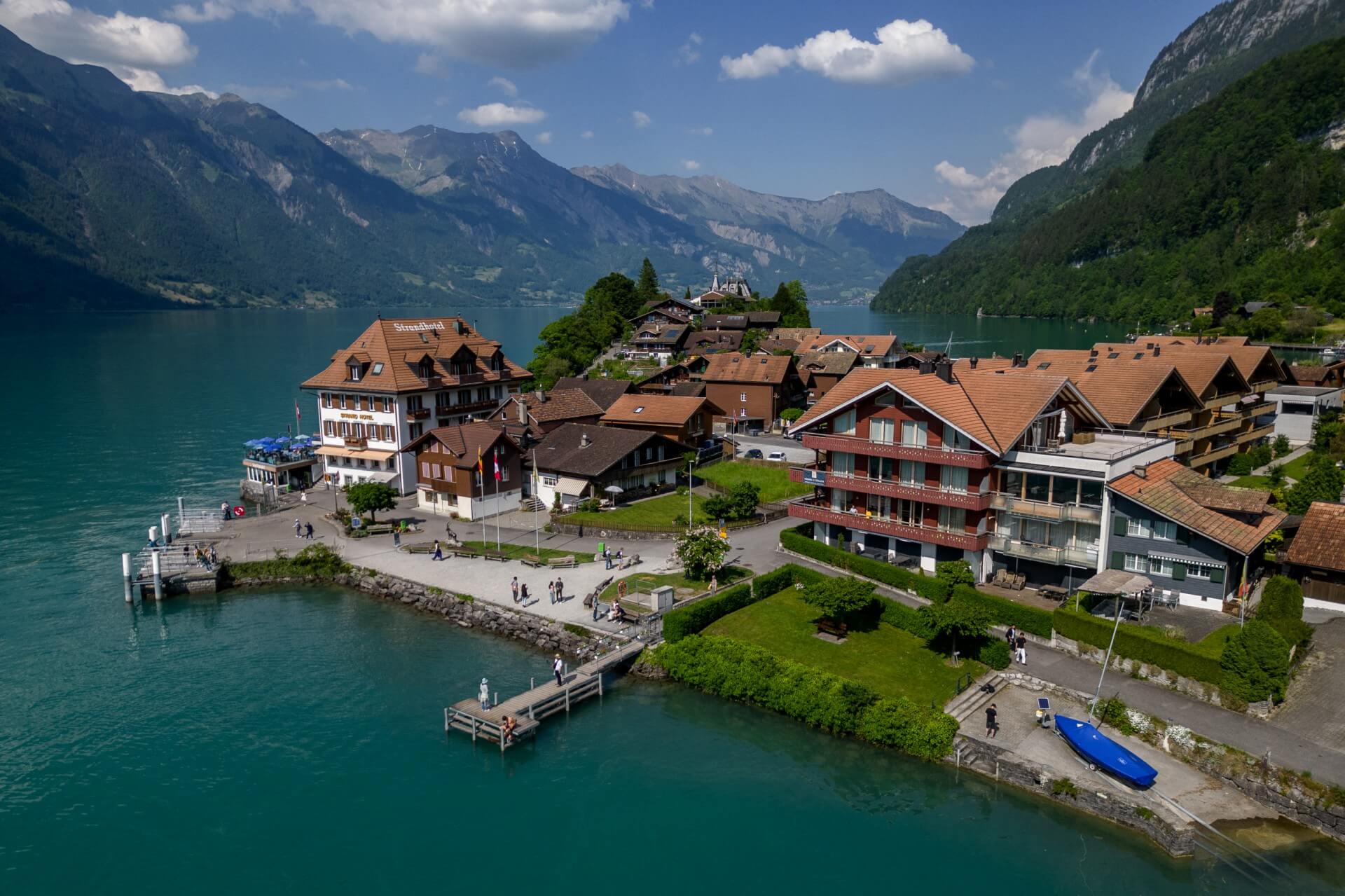The Althing is thought to be the longest-running parliament in the world. But on Sunday, the Icelandic national parliament really made history.
Election results point to an elected chamber where 33 out of 63 seats (52 percent) will be held by women. No other European country has ever had a female-majority parliament – although Rwanda (61 percent), Cuba (53 percent) and Nicaragua (51 percent) all fall into this category.
Iceland has ranked topped the World Economic Forum’s gender equality rankings for the past 12 years and was the first country to elect a female president in 2018.
It has had a pioneering gender-equal pay law that puts the onus on employers to prove they are paying the same wages to men and women since 2018 .
Iceland is not a part of the European Union but does retain close ties with the bloc – which lags some way behind. According to the European Institute for Gender Equality, women made up on average 32 percent of national parliament members across the 27 EU member states in 2020.
The Best Performers
- Sweden
Sweden is the most progressive EU country as far as equal gender representation in politics is concerned. As many as 47 percent of all MPs in Sweden are women, as are half of its government ministers. The foreign, finance and health ministries are all run by female politicians.
Gender discrimination has been illegal in Sweden since 1980. Ever since 2006, the country has been listed as one of the top five most gender equal countries in an annual 150-country ranking produced by the World Economic Forum.
READ ALSO: No, women in Sweden don’t yet have it all
- Finland
Finland comes in at a close second, with 46.5 percent of parliamentary seats held by women. In 2019, Sanna Marin made global headlines after being elected as the world’s youngest serving Prime Minister. She formed a coalition government of five parties, all of which were led by women.
Most Finns, including our PM @MarinSanna, have grown up with #Moomins. These fairytale characters, created by Finnish artist Tove Jansson, teach us about courage, friendship, and equality. Come experience their stories this fall at @NatChildrens in DC! @FinGovernment #MoominUSA pic.twitter.com/JuGsiAndyE
— Moomin (@MoominOfficial) September 13, 2021
In 1906, Finland became the first country in the world to extend the vote to women. It also allowed women to stand for parliament. In elections the following year, 19 women won seats. The first female president of Finland was Tarja Halonen who was elected in 2000.
The Nordic region as a whole has the highest proportion of female parliamentarians anywhere in the world.
- Spain
Forty-four percent of seats in the Spanish congress are held by women and all four government deputy leaders are women. One of those deputies, Nadia Calviño is also in charge of the Economy Ministry.
READ MORE: Female ministers are now the majority as Spanish PM reshuffles cabinet
Following a recent reshuffle, 54 percent of cabinet members are female meaning that Spain has one of the most gender-progressive executive branches in the world.
“La importancia de los modelos de liderazgo para que las generaciones de niñas puedan verse y pensar que pueden ser presidentas de una compañía, o vicepresidenta de un gobierno”@NadiaCalvino vicepresidenta primera del Gobierno de España.#PremiosFEDEPE2021 pic.twitter.com/phRcIuM81R
— FEDEPE (@MujeresFedepe) September 21, 2021
The Worst Performers
- Hungary
Hungary has the lowest share of female politicians in the EU. Just 12 percent of MPs are women and just three out of 16 government ministers are women, who weren’t even given full voting rights until 1945.
The right-wing Prime Minister, Viktor Orbán, espouses a particularly macho brand of politics and mainstream political discourse in Hungary tends to confine women to the conservative role of child-bearing houseworkers.
- Romania
The second-worst performer in the EU is Romania, where a mere 19 percent of parliamentarians are female.
The country was led by a female Prime Minister, Viorica Dancila, in 2018-19 but she ultimately stood down following a vote of no confidence. Some analysts claim she was used as a puppet by Liviu Dragnea, the former head of the socialist party who was banned from taking the position himself after being convicted of election rigging.
- Czech Republic
The Czech Republic also has a pretty dismal female representation in parliament. Twenty-three percent of Czech MPs are women. This number has been slowly creeping up – but from a very low bar. In the government formed after elections in 2010 for example, there was not a single female minister.
The in-betweens
So where do other European countries lie?
Only 31.4 percent of MPs are female in Germany but that of course is susceptible to change with upcoming elections. Austria fares much better with 39.8 percent female representation in parliament.
In Italy, 35.6 percent of MPs are female. In France this figure jumps to 38.6 percent. Denmark and Norway, true to Nordic form, hover at around 40 percent, while the Netherlands sits at 33 percent.
For a full list of European gender statistics, click here.







 Please whitelist us to continue reading.
Please whitelist us to continue reading.
Funnily, after a recount in one constituency, this is no longer true. The number of seats held by each party stays the same but a woman drops out for each of 3 parties and a man takes their place. Its now, quite arbitrarily, 33 men to 30 women, the opposite of what it was this morning. 2 other parties exchange one man for another. The whole thing is bizzarre.
In glorious Icelandic: https://www.ruv.is/frett/2021/09/26/endurtalning-konur-ekki-lengur-i-meirihluta